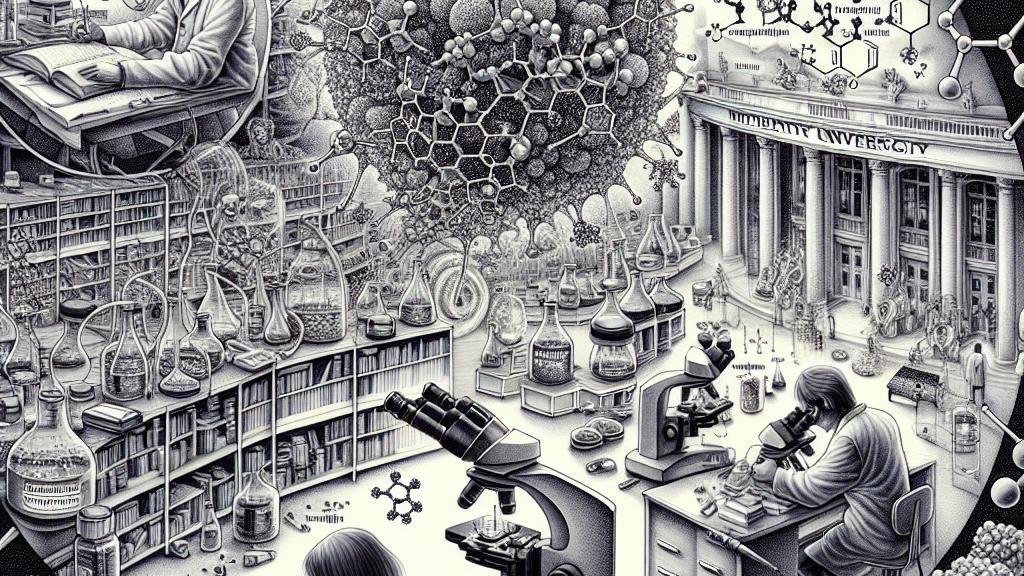Impact of Nanoplastics on Antibiotic Effectiveness and Resistance
Overview
- Nanoplastics pose a serious threat by drastically reducing the effectiveness of crucial antibiotics.
- These minuscule particles not only hinder medical treatments but may also contribute significantly to the rise of antibiotic-resistant bacteria.
- This alarming research brings to light essential health risks tied to pervasive indoor plastic pollution, marking it as an urgent public health crisis.

Cutting-Edge Research from Austria
A pivotal study conducted by an international group, prominently featuring researchers from the Medical University of Vienna, has revealed shocking insights into how minuscule nanoplastics interact with antibiotics, especially tetracycline. This antibiotic is vital for treating various bacterial infections, yet research shows that these tiny plastic particles—often found in everyday items like water bottles and synthetic fabrics—can bind to tetracycline, significantly diminishing its effectiveness. For example, individuals exposed to high levels of indoor plastic pollution, which can be five times greater than that found outdoors, may unknowingly hinder their own healthcare. The implications of this are astonishing: what was once a reliable treatment option could turn into a mere placebo in the presence of widespread plastic contamination.
The Alarming Rise of Antibiotic Resistance
As we examine the broader implications of these findings, the specter of antibiotic resistance looms ever larger—a pressing public health crisis that is rapidly escalating around the globe. When tetracycline encounters nanoplastics, its efficacy plunges, while the potential increase of drug concentrations in unintended areas of the body poses a dual threat: not only is the treatment compromised, but we also risk aiding the evolution of antibiotic-resistant bacteria. This is no small concern; statistics highlight that 2.8 million infections resistant to antibiotics occur in the U.S. each year, causing roughly 35,000 deaths. Thus, understanding how environmental factors, such as the rampant proliferation of nanoplastics, contribute to this resistance is vital for protecting public health and refining treatment strategies.
Environmental and Health Implications Unveiled
Furthermore, the ramifications of this research ripple out to encompass environmental health as well. Previous studies have established connections between microplastics and deteriorating antibiotic bioavailability in aquatic ecosystems, further complicating the delicately balanced relationship between marine life and food safety. Picture the scenario: fish ingesting antibiotics laced with microplastics that eventually make their way into our meals. This underscores the urgent need to address plastic pollution at its source. As nanoplastics infiltrate every facet of our lives—from clothing to food packaging—the responsibility to respond intensively is more pressing than ever. By grasping how these factors intertwine, we can develop holistic strategies to combat antibiotic resistance and preserve the efficacy of our medical treatments in a world increasingly burdened by plastic waste.

Loading...